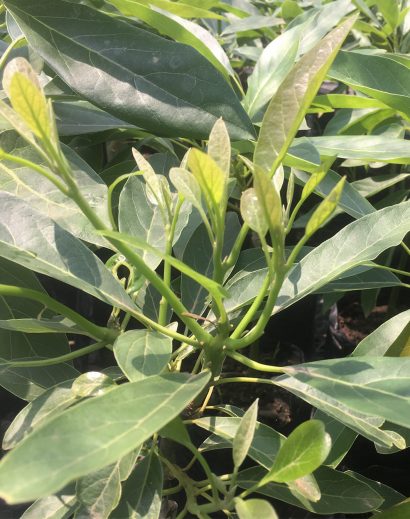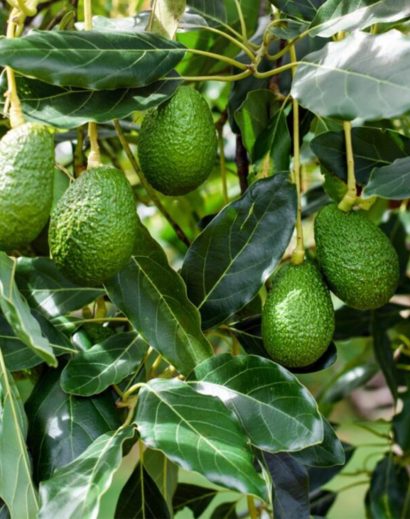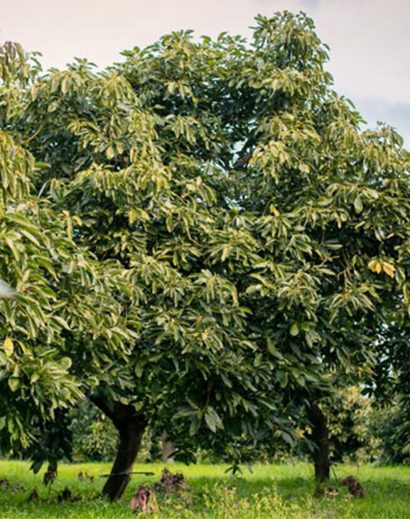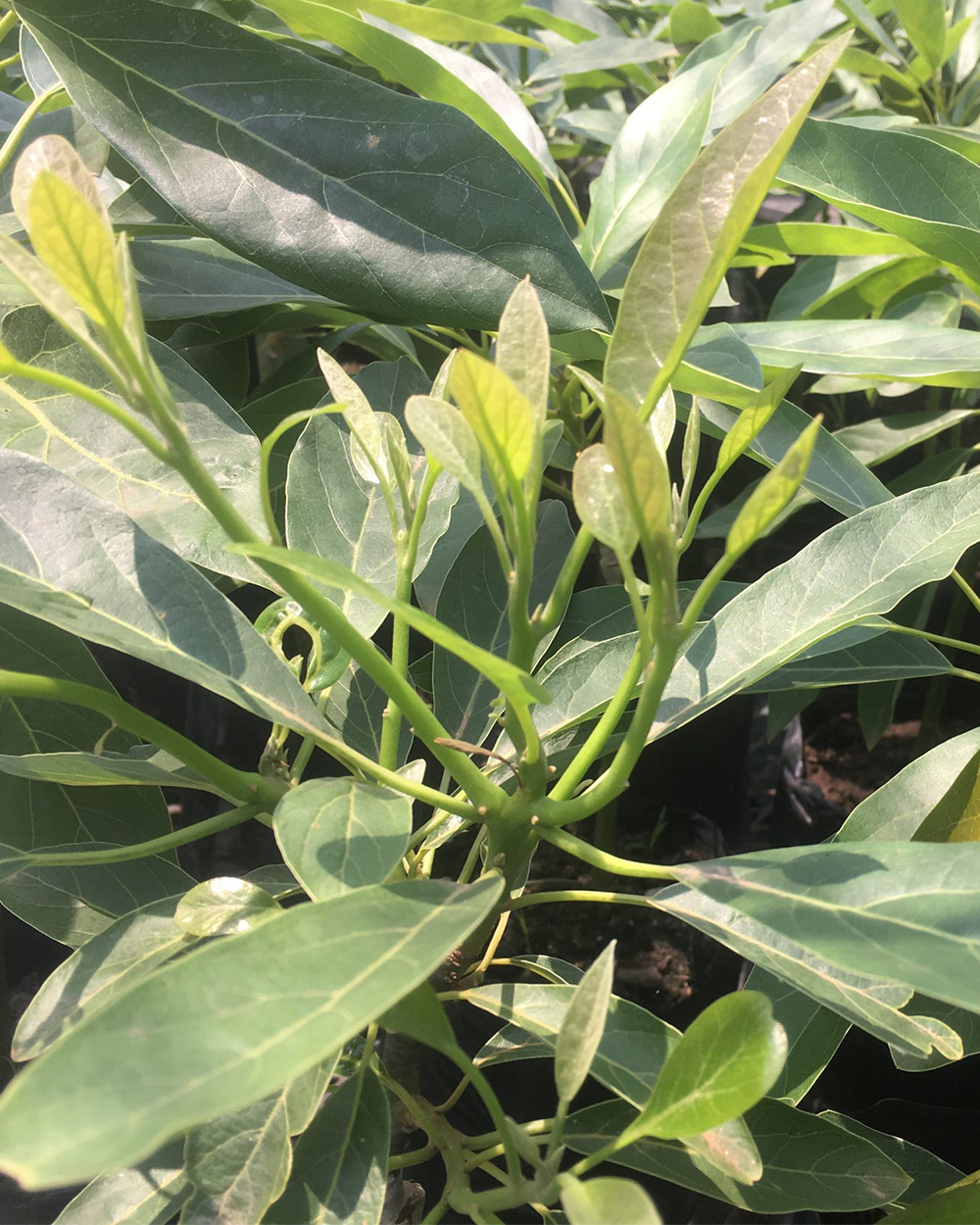Avocado trees are susceptible to several diseases, which can vary in prevalence depending on the region and specific growing conditions. Here are some of the common diseases that can affect avocado trees:
Phytophthora Root Rot: This is one of the most devastating diseases for avocado trees. It is caused by various species of the soil-borne pathogen Phytophthora. Symptoms include wilting, poor growth, and a decline in overall tree health. Proper drainage and well-drained soil are essential for preventing this disease.
Anthracnose: Anthracnose is a fungal disease caused by various Colletotrichum species. It primarily affects the fruit, causing dark lesions or sunken spots. In severe cases, it can lead to fruit drop and reduced yield. Fungicides and proper sanitation practices can help manage anthracnose.
Avocado Black Streak: This disease, caused by the fungus Dothiorella, leads to dark streaks on branches and stems. It can weaken the tree and reduce fruit production. Pruning affected branches and improving tree vigor can help manage this disease.
Avocado Sunblotch: Caused by the Avocado Sunblotch Viroid (ASBVd), this disease affects the fruit and leaves, causing yellowing, mottling, and other deformities. There is no cure for ASBVd, so it's crucial to use disease-free planting material and remove infected trees.
Avocado Brown Streak: This viral disease, caused by the Avocado Brown Streak Virus (ABSV), affects both fruit and leaves, leading to brown streaks and fruit deformities. Like sunblotch, there is no cure, so prevention is key.
Powdery Mildew: Powdery mildew is a fungal disease that affects the leaves and can reduce photosynthesis and overall tree health. It appears as a white powdery growth on the leaf surface. Fungicides and proper pruning can help manage powdery mildew.
Bacterial Canker: Bacterial canker, caused by the bacterium Xanthomonas axonopodis, affects leaves, fruit, and stems. Symptoms include dark lesions with a raised edge on leaves and fruit. Copper-based fungicides may be used for management.
Verticillium Wilt: This soil-borne fungal disease, caused by Verticillium dahliae, can lead to wilting and dieback of branches. Soil fumigation and planting resistant varieties can help prevent verticillium wilt.
Avocado Scab: Avocado scab, caused by the fungus Sphaceloma perseae, leads to raised, scaly lesions on fruit and leaves. Fungicides and pruning to improve air circulation can be used to manage this disease.
Avocado Brown Rot: Caused by the fungus Monilinia spp., brown rot affects the fruit, causing it to rot and become covered in brown spores. Proper sanitation and removal of infected fruit can help prevent its spread.
To effectively manage these diseases, it's important to practice good orchard management, including proper sanitation, planting disease-resistant varieties when available, and using appropriate cultural practices. Regular monitoring of your avocado trees for symptoms is essential, as early detection can help prevent the spread of diseases. Additionally, consulting with local agricultural extension services or experts can provide region-specific guidance on disease management for avocado trees.
|





Reviews
There are no reviews yet.